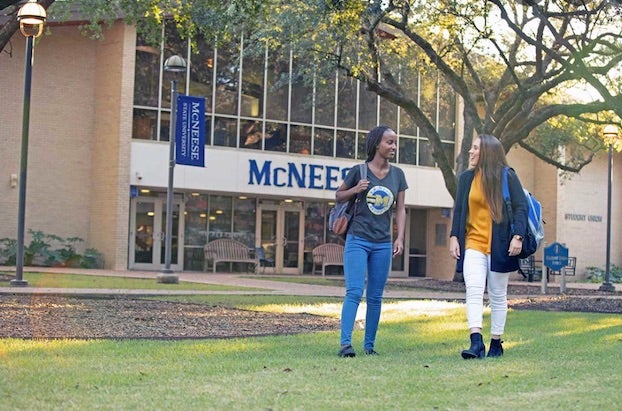Panama Canal expansion could benefit Southwest Louisiana
Published 4:21 am Sunday, May 26, 2013
Gulf Coast industry leaders await completion of the $5 billion Panama Canal expansion, which will cut travel times and transportation expenses to ship products.
Companies that handle liquid natural gas — of which billions of dollars in facility construction is based in the Lake Charles area — could be among the biggest beneficiaries of the canal project since they would be able to get to large Asian markets if the American government allows more LNG exporting.
Kevin Keenan, an attorney who specializes in LNG shipping for international law firm Baker Botts in Houston, told the American Press that the canal project will have a huge impact on America.
“On a Tokyo-bound delivery a U.S. Gulf Coast project can save as much as 15 days each way going through the Panama Canal, as opposed to crossing the Atlantic and transiting the Suez Canal or going around the Cape of Good Hope,” he said.
“With today’s charter rates exceeding $100,000 per day, that’s a round-trip savings (before paying canal dues and not including fuel savings) of $4 million per delivery. Some might call that a game-changer.”
Once expansion is completed, the Panama Canal could have about 80 percent of the world’s LNG traveling through it.
The expansion project is expected to be completed in 2015.
According to a new release from the Canal De Panama, “The new locks will see the Panama Canal Authority (ACP) prepare for the first post-panamax transit, which will require more complex operations planning systems for the larger vessels that will transit the waterway concurrently with those employed for the present canal locks. The new locks and wider channels will allow the introduction of new segments such as large LNG vessels, amongst others.”
Bill Rase, executive director of the Port of Lake Charles, said the canal project is a good one.
“You hit the canal today and have no other ships in front of you, then you can go through and save 15 days. If you are ship number 40, you may have to sit two or three days to get through and those are added to the 15,” he said. “So with the expansion, the waiting time should drop a huge amount. That is where you save time and money.”
Rase stressed that cheap natural gas has driven the multibillion-dollar investments in Southwest Louisiana. Added to that are the local pipeline infrastructure and deep ship channel.
“You wouldn’t see companies investing just in LNG facilities, for example, here. Basically, moving their product is not a major concern on those companies’ parts. Everybody is looking for the best thing to do.”
No matter how important the Panama Canal will be in coming years, the question that has yet to be answered is: How many LNG transport ships will be available after liquefaction facilities start operating?
Now, more than 130 ships transport millions of metric tons of LNG.
“They will require ships. Either those ships will be procured by LNG buyers under FOB (freight on board) sale and purchase agreements or by the project sponsors selling into ex-ship SPAs (simplified purchase agreement),” Keenan said.
“Either way, I believe there will be a tremendous demand for new-build LNG carriers over the next several years.”
(wikimedia commons)





